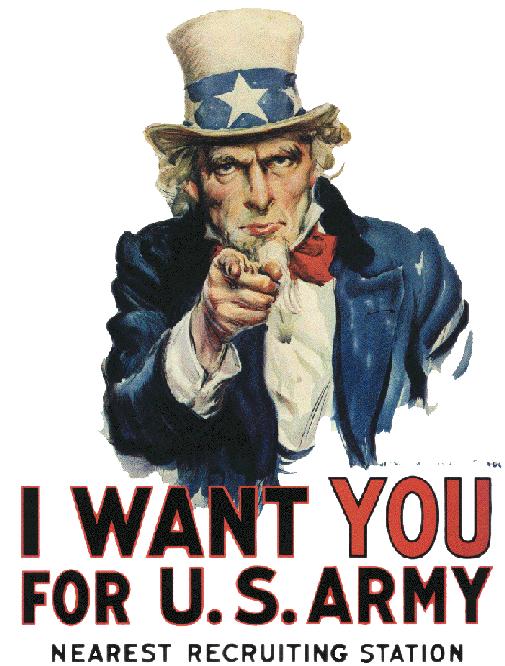
Maple
Leaf and Eagle Conference, Helsinki, May 16-20, 2006
Countercultural
Icon-work: Adversarial and Collaborative Uses of “Uncle Sam”
***
Bent
Sørensen,
One of the best known American icons is “Uncle
Sam”. From the political cartoons of Thomas Nast in the 19th
century,
via the WWI recruiting poster designed by James Montgomery
Flagg, the image
of the bearded old man clad in red white and blue and almost
desperately
insisting “I WANT YOU” has entered the national unconscious
and established
itself as a potent national symbol, not least via its
dissemination throughout
American popular culture.

This paper, however, examines the function of
“Uncle Sam” icons in the counter-culture of the 1960s. Using a basic
distinction between adversarial and collaborative
icon-work, I analyse both
novelistic representations of “Uncle Sam” in texts of
and about the sixties
by Ishmael Reed and Robert Coover, and images and texts produced by
Allen
Ginsberg and the song-writing team of Robert Hunter and Jerry Garcia.

I aim to show that novels such as Coover’s The Public Burning and Reed’s The Free Lance
Pall-Bearers offer
manipulated images of Uncle Sam which primarily serve as adversarial
satirical
tools to critique American imperialism and
constitutionally sanctioned
racism, whereas the performative practice and lyrics of Ginsberg
and
Hunter/Garcia use the “Uncle Sam” image in more collaborative, but
no less
subversive ways – in fact offering to become alternative, ‘queer’
or tripped
out “Uncle Sams” to a generation of young people as badly in need
of being
“WANTed” as any previous youth group in American history targeted by
recruiters.